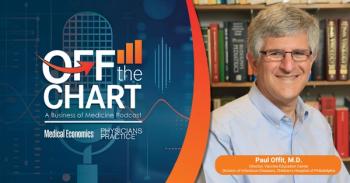
How to perform CPR in space; cannabis-based medicines liked to better sleep for patients with insomnia; GLP-1s ease heart failure and shrink carbon footprint – Morning Medical Update
Key Takeaways
- Mechanical piston devices may be more effective than the "handstand method" for CPR in microgravity, according to recent research.
- Cannabis-based medicines have improved sleep quality and reduced anxiety in insomnia patients, with minimal side effects reported.
The top news stories in medicine today.
Astronauts may want to rethink how they’d save a crewmate’s life in orbit. A new study presented at the
A study in
Back to the ESC Congress 2025, researchers
Newsletter
Stay informed and empowered with Medical Economics enewsletter, delivering expert insights, financial strategies, practice management tips and technology trends — tailored for today’s physicians.














